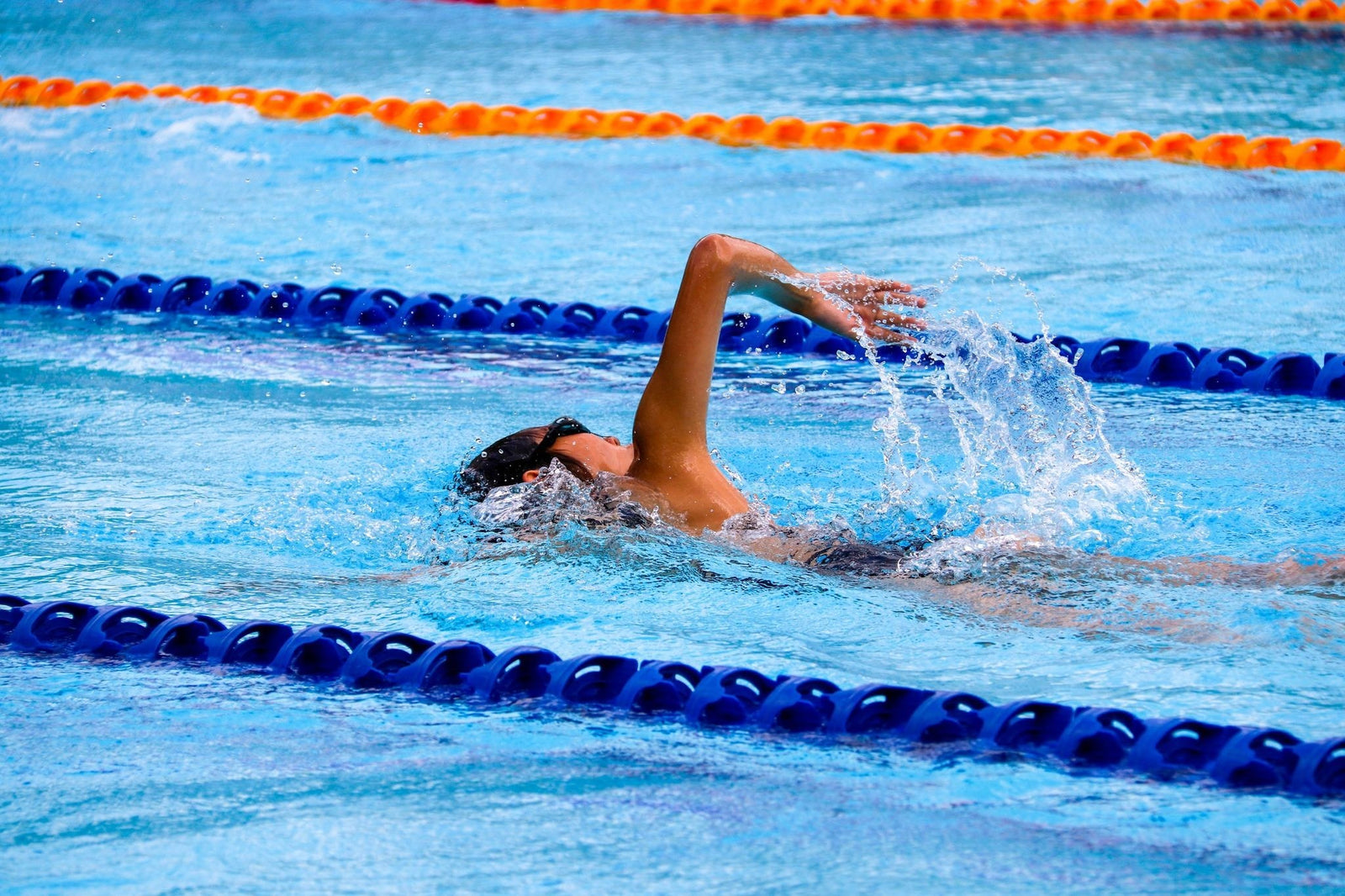The World of Swimming Strokes

Swimming is not just about having a blast in the water. It's also an excellent way to stay fit and healthy. Learning different swimming strokes can not only make you a stronger swimmer but also add a variety of fun to your time in the pool. Today, let's dive into the world of swimming strokes, specifically designed for kids. We'll explore three of the most popular strokes: freestyle, breaststroke, and backstroke.
1. Freestyle: The Fast and Furious Stroke
Freestyle, also known as the front crawl, is often the first stroke kids learn. It's speedy and thrilling, making you feel like a fish darting through the water. Here's how to master it:
Body Position: Lie face down in the water with your body stretched out as straight as an arrow. Your legs should be kicking vigorously behind you.
Arm Movement: Alternate your arms in a windmill-like motion. Reach your arm forward as far as possible, then sweep it back, keeping it close to your body. As one arm goes back, the other comes forward.
Breathing: Turn your head to the side to breathe, inhaling as your arm comes out of the water. Exhale when your face is back in the water.
Tips: Start slowly, focusing on getting your technique right before trying to go super fast. Practice your kicks with a kickboard to build leg strength.
2. Breaststroke: The Gentle Frog Kick
Breaststroke is known for its graceful, frog-like movements. It's a great stroke for beginners and is often seen in synchronized swimming routines. Here's how to do it:
Body Position: Begin with your body floating in a streamlined position. Keep your arms extended in front of you and your legs together.
Leg Movement: Bend your knees and simultaneously kick your legs outward and then back together. Imagine making a circular motion with your legs.
Arm Movement: Pull your arms in toward your chest, then push them forward and outward, keeping them submerged. Your arms should move in sync with your leg kicks.
Breathing: After your arm pull, lift your head out of the water to breathe. Exhale when your face is back in the water.
Tips: Take it slow at first, focusing on the timing of your kicks and arm movements. As you get more comfortable, you can increase your speed.
3. Backstroke: The Upside-Down Swim
Backstroke is like floating on your back while making a graceful swim through the water. It's an excellent stroke for kids who enjoy gazing at the sky while they swim. Here's how to do it:
Body Position: Float on your back with your body in a straight line. Your ears should be submerged, and your face should be turned upwards towards the sky.
Arm Movement: Alternate your arms in a continuous, windmill-like motion. One arm should be above the water, sweeping back toward your hips, while the other arm should be underwater, moving in the opposite direction.
Leg Movement: Flutter kick with your legs in a relaxed, alternating fashion.
Breathing: Since your face is out of the water, you can breathe freely as you swim. Just remember to keep your chin up.
Tips: Practice your back float and kicking separately before combining them into the full stroke. Pay attention to your surroundings, as you won't be able to see where you're going while swimming on your back.
Safety First!
While having fun in the water, safety should always come first. Here are some essential safety tips:
-
Always swim with adult supervision. Kids should never swim alone.
-
Learn to float and tread water. These skills can be lifesavers.
-
Stay in designated swimming areas. Avoid areas with strong currents or deep water.
-
Wear appropriate swim gear. Goggles can protect your eyes, and a life jacket is a must if you're not a confident swimmer. Also don't forget to pack your Zippy Kids Hooded Towel for when you get out of the water.
-
Know your limits. Don't push yourself too hard, especially in deep water.
Swimming strokes like freestyle, breaststroke, and backstroke can open up a world of fun and fitness for kids. So, the next time you hit the pool, try these strokes out and see which one you like best. Remember, practice makes perfect, and with time and dedication, you'll become a swimming pro!


Leave a comment